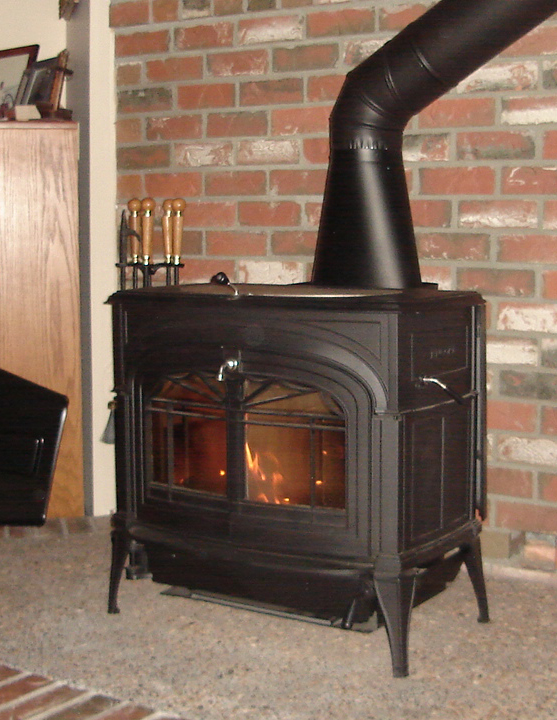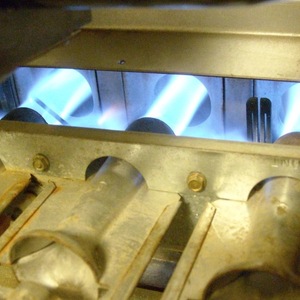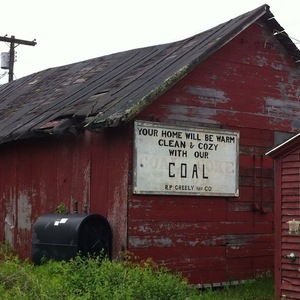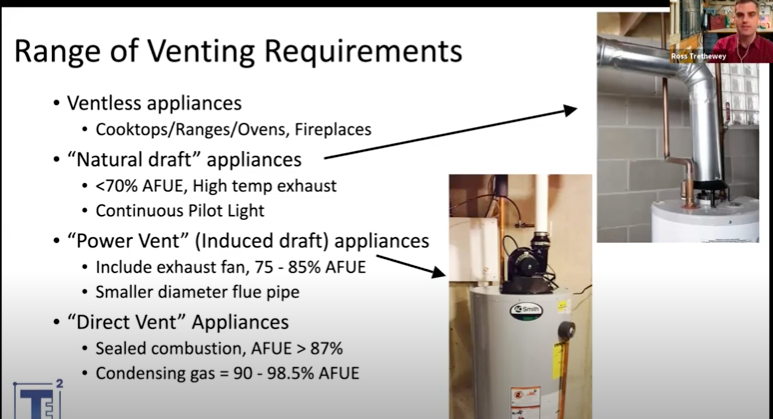
Image Credit: Will Perkins
Sealed-combustion appliances are apt to become more common as the new energy codes introduce residential airtightness standards. This means that you’ll need to pay close attention to heating system safety. Fortunately, the new codes lay out explicit guidelines for combustion appliances.
Building and energy codes often get adopted piecemeal around the country. In Maine, we’ve adopted the 2009 International Energy Conservation Code (IECC), but have exempted towns below a certain population level.
The 2009 IECC requires that new wood-burning fireplaces get their combustion air from outdoors. The 2006 International Residential Code (IRC) requires that tightly constructed buildings get all of their combustion air from outside the building enclosure.
This is the trend in building codes: requiring that combustion appliances get their air from the outside. That’s where sealed-combustion appliances comes in.
What is sealed combustion?
Sealed-combustion appliances have burners and flues that are completely disconnected from a building’s interior. Traditional heating and hot water systems — often referred to as “atmospherically vented appliances” — pull combustion air and dilution air for the flue gases from the building interior. As we build tighter, more efficient houses, these old-fashioned appliances become (not to put too fine a point on it) increasingly dangerous and stupid.
What’s the problem? As the house becomes tighter, traditionally vented combustion appliances are increasingly apt to spill flue gases or backdraft.
Sealed-combustion appliances and the hot tub party
What cause this backdrafting? Atmospherically vented appliances pull air from indoors (the combustion air zone, or CAZ). The tighter one makes a house, the smaller the CAZ.
In a tight house, exhaust fans and combustion appliances fight over a smaller pool of air and can begin fighting against one another. Think of it like a house party. Everything is fine when some folks are out on the porch, some in the kitchen, some in the pool. There’s more than enough Merlot and potstickers to go around.
Everything is fine until some genius suggests that everyone should pile into the hot tub. And it is crowded. Folks jostle elbows and knock over drinks — plus you will probably run out of guacamole. (I think this metaphor just got away from me.)
If the house is too tight and the ventilation appliances (the range hood fan, atmospherically vented water heater, atmospherically vented heating system, clothes dryer, and bathroom exhaust fans) run simultaneously, the appliances start fighting for elbow room. And if the other appliances are stronger than the heating system’s draft strength — BAM — backdrafting occurs and nasty gases from the heating system flue are pulled into the house.
If you install traditionally vented combustion appliances in a tight building envelope, you’ve set yourself up for potential problems. One solution: sealed combustion!
Tighter buildings, better heating systems
Sealed-combustion appliances have burners and flues that are separated from the interior environment, eliminating the possibility of spillage and backdrafting. There is a ducted outdoor air intake and an outdoor exhaust flue; these two pipes are usually combined as a single concentric pipe. This means that the combustion air and flue gases never interact with the interior. No problems! Everyone gets guacamole!
Folks sometimes say that a house shouldn’t be too tight. One reason (they say) is the potential for mold; another is moisture accumulation; and another is the concern about backdrafting combustion appliances. All of these problems can be avoided, however, if the home’s HVAC system and ventilation system are designed properly.
If you install gas-burning sealed-combustion appliances, you will still need to have your fuel lines and flues regularly inspected by a gas contractor. But potential issues with backdrafting or the spillage of flues gases shouldn’t be a problem.
Erik North, the owner of Free Energy Maine, is an energy auditor and home performance specialist in Westbrook, Maine. He is also the author of the Energy Auditing Blog.
Weekly Newsletter
Get building science and energy efficiency advice, plus special offers, in your inbox.















3 Comments
depressurizing the building
Pulling air from the interior usually causes replacement air to be pulled through the walls. When the A/C is running, this adds to latent load and to wall moisture.
Sealed combustion units
I constantly am recommending that out clients only look into sealed units. The one area that seems to not have any sealed units currently being offered is in the cook stove side of things. I have yet to find a sealed unit that has both the cook surface and a stove. If you are thinking of going off-grid in the future, I am told that a wood cook stove is a must but where are the manufacturers of stoves?
Response to Elizabeth Guinn
Elizabeth,
I have lived off-grid for almost 40 years, and many of my friends live off-grid. Most of us don't have many exhaust fans in our homes, because we use as little electricity as possible. If necessary, we open the window.
If you ever choose to put a range hood fan in an off-grid house, you would probably open a window to prevent your wood stove from backdrafting.
Off-grid homeowners don't expect their homes to be as fancy and up-to-date as grid-connected homeowners. If that worries you, you probably don't want an off-grid house.
So just buy a wood cook stove and don't worry about it.
Log in or create an account to post a comment.
Sign up Log in